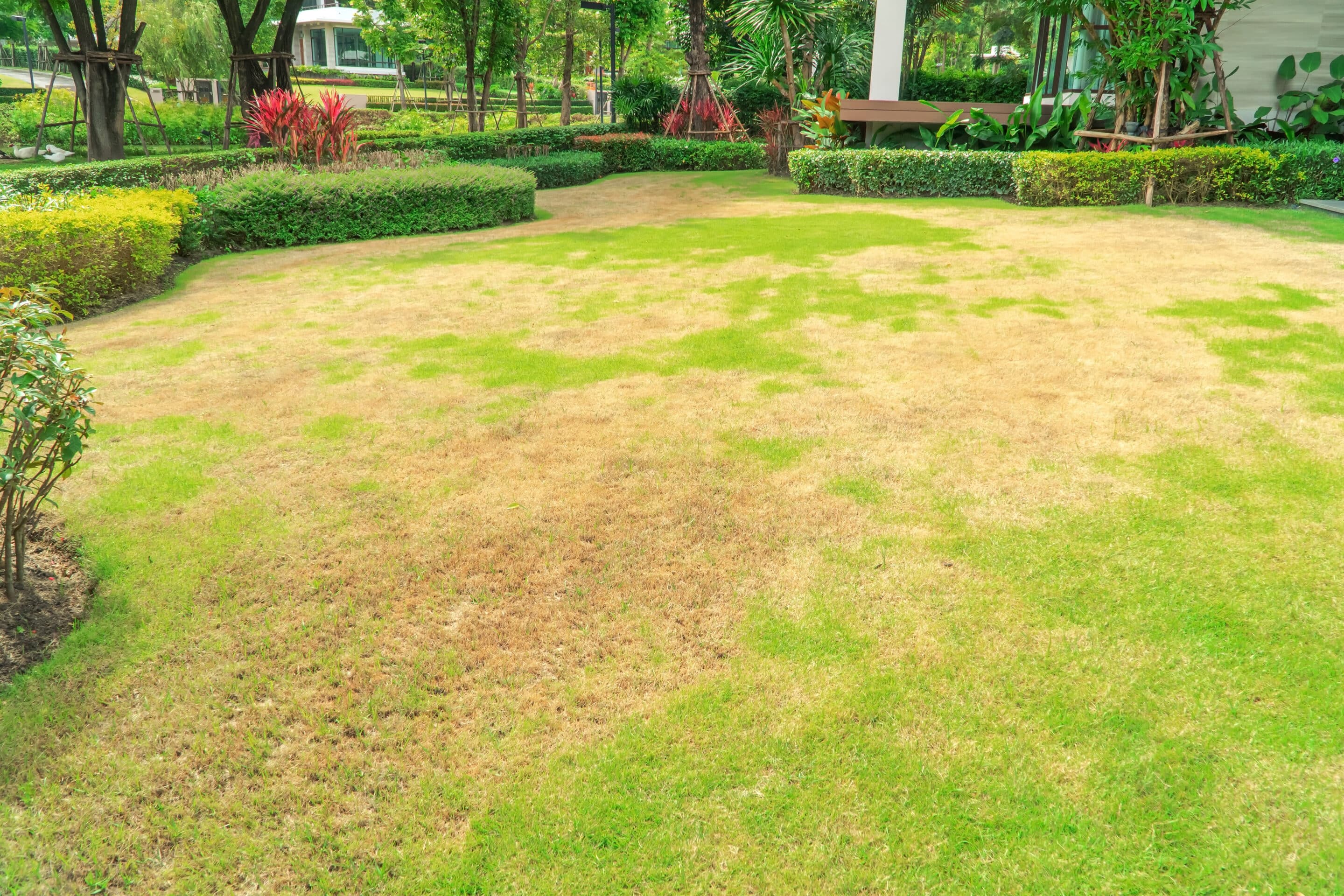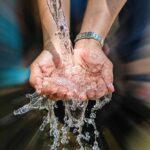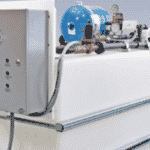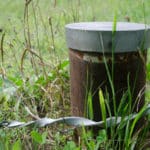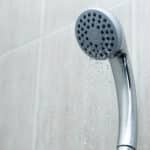Water is one of those resources many of us take for granted until there isn’t any. Under normal circumstances, we turn on our taps and there it is—water for drinking, cooking, bathing, cleaning and even gardens and lawn care. However, nature sometimes has a way of reminding us that our water supply is not as abundant as we like to think it is. This is especially true when drought conditions are present.
Large sections of the country are currently experiencing moderate to exceptional drought conditions, while other areas are abnormally dry. A lack of rainfall means the aquifers that feed wells and other water systems aren’t being replenished quick enough to meet water usage demand.
Extremely low water levels mean your well pump must cycle more quickly to meet your water usage demands. This rapid cycling can cause your pump motor to burn out and your submersible pump to overheat resulting in costly repairs. Low water levels also allow for oxygen to enter the aquifer which, in turn, can increase the concentrating of contaminants in your water supply adversely affecting your water quality.
During times such as these, water conservation is key. Americans, on average, use between 80 to 100 gallons of water a day. In the summer when we are watering lawns and gardens, that number increases significantly, putting excessive stress on an already depleted water source. There are steps you can take to protect your well system during dry spells and to make sure the water you are consuming is safe.
Consider the following:
Switch to low-flow bathroom fixtures. Showers and toilets are two of the biggest sources of water use. The water usage differences between low-flow and standard are considerable. Regular toilets, for instance, can use up to seven gallons of water per flush, whereas a low-flush toilet uses less than 1.6 gallons of water. To be considered low-flow, showerheads must have a flow rate of less than 2.5 gallons per minute. Multiply these numbers by the number of users per household and the savings in water consumption can be significant.
Garden smarter. We use an average of nine gallons of water every day to keep our lawns green and our gardens blooming. And most of that water is wasted by inefficient irrigation systems. One solution is to plan a drought-resistant landscape.
When you must water, do so in the early morning hours. This has advantages:
- The rate of evaporation is lower in the early morning versus watering in the heat of the day.
- The risk of mildew and rot occurring is less than if you watered at night.
- Consider using soaker hoses that apply water directly to the ground and, in turn, to the roots of your plants.
- If using an automatic watering system, adjust it to cover only those areas that need the water.
Collect rainwater, if possible. Using rainwater or gray water (previously used water) for all your non-potable applications leaves more fresh water available for drinking and cooking. Before setting up your rain barrel, though, check with your local authorities as the collection of rainwater is regulated in some areas.
Utilize technology. A dishwasher can save you about 5,000 gallons of water per year over handwashing. And the high-pressure hoses they use at automatic car washes use significantly less water than you would washing your car at home. Plus, both of these save you time.
Test your water quality. Because drought conditions can lead to an increase of contaminants in your water, it is important to test the quality both during and after a drought.
Well Manager can help protect your well pump even through drought conditions by ensuring an even draw from your well in off peak times. Contact us today to learn what our Well Manager 210 product can do for you.

